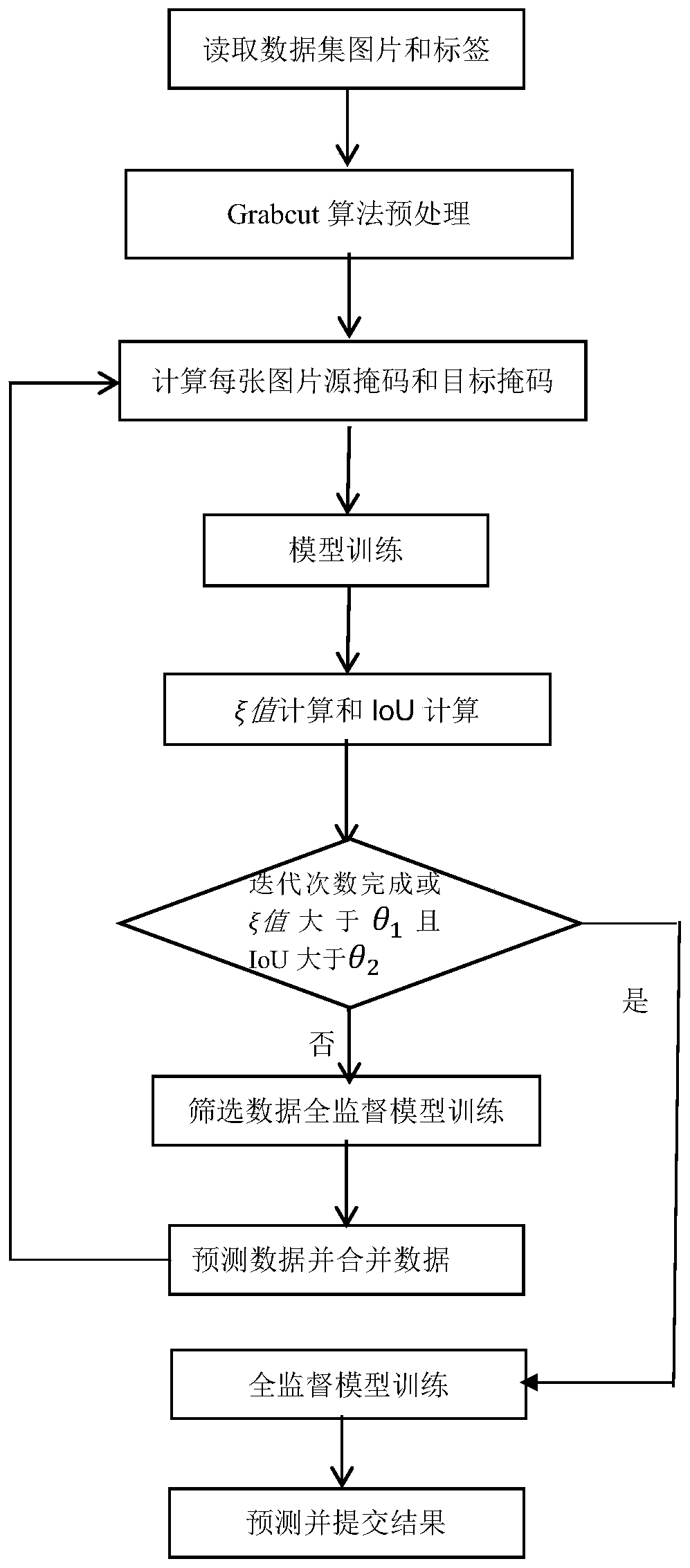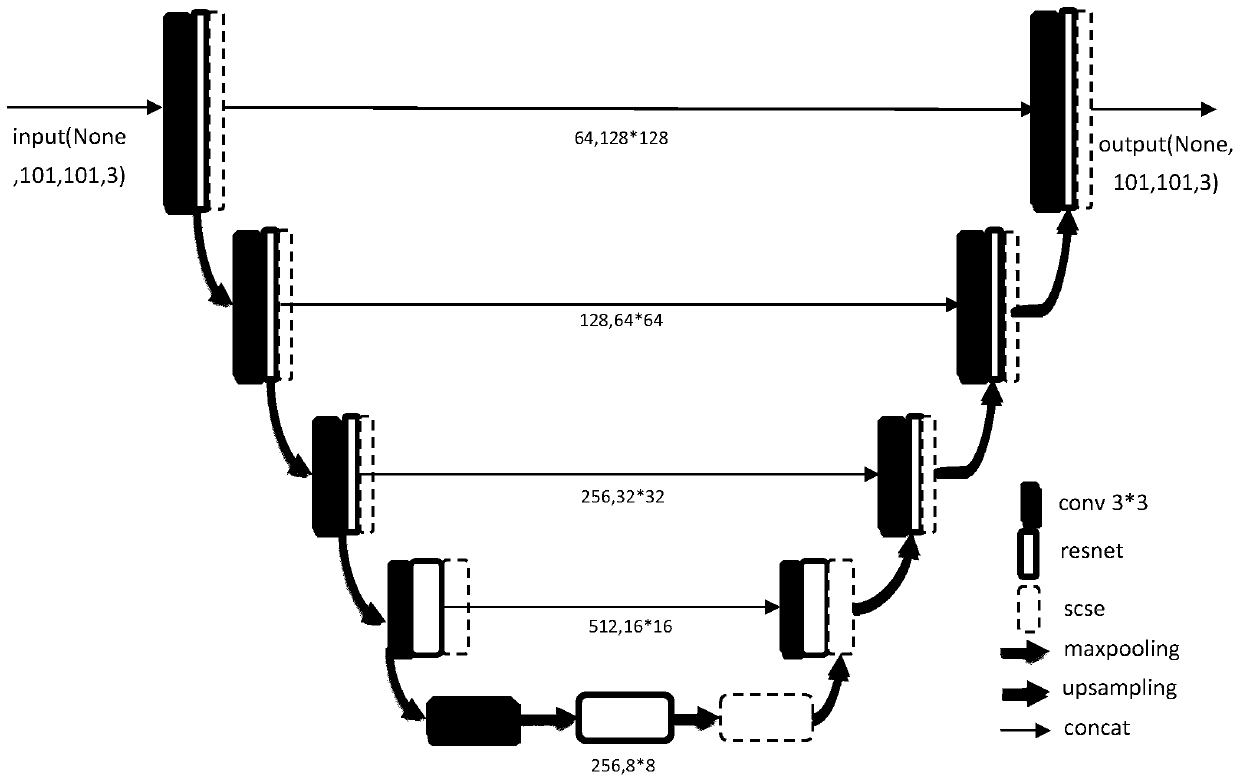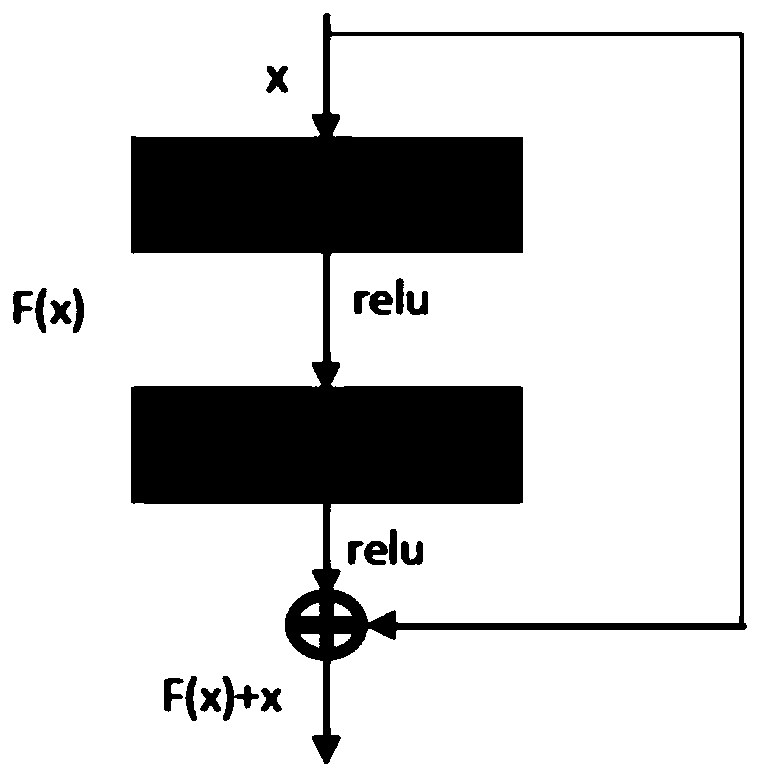Method for automatically identifying and segmenting salt body through weak supervised learning
An automatic recognition and weak supervision technology, applied in neural learning methods, character and pattern recognition, image analysis, etc., can solve problems such as inaccuracy, incomplete labeling information, missing boundary information, etc., to achieve improved experimental results, fast calculation, The effect of narrowing the performance gap
- Summary
- Abstract
- Description
- Claims
- Application Information
AI Technical Summary
Problems solved by technology
Method used
Image
Examples
Embodiment Construction
[0032]The invention provides a deep learning method for automatic identification and segmentation of weakly supervised salt bodies. In the case of incomplete and inaccurate labeling of data sets, the method of the invention can learn the characteristics of salt bodies and continuously adjust the training set in an iterative manner Make the pixel-by-pixel label more accurate, and then segment the outline of the salt body position in the test set. The dataset includes a training set and a test set, where the test set does not contain class labels. Using the Grabcut algorithm to process the salt body image can segment the data of a relatively simple salt body shape into a better result, and improve the final result, and the algorithm runs faster, and can be quickly executed on the CPU. Afterwards, the GatedCRFLoss function is used to guide and adjust the segmentation model, so as to minimize the gap with the model training under full supervision. For the two input matrices with ...
PUM
 Login to View More
Login to View More Abstract
Description
Claims
Application Information
 Login to View More
Login to View More - R&D
- Intellectual Property
- Life Sciences
- Materials
- Tech Scout
- Unparalleled Data Quality
- Higher Quality Content
- 60% Fewer Hallucinations
Browse by: Latest US Patents, China's latest patents, Technical Efficacy Thesaurus, Application Domain, Technology Topic, Popular Technical Reports.
© 2025 PatSnap. All rights reserved.Legal|Privacy policy|Modern Slavery Act Transparency Statement|Sitemap|About US| Contact US: help@patsnap.com



